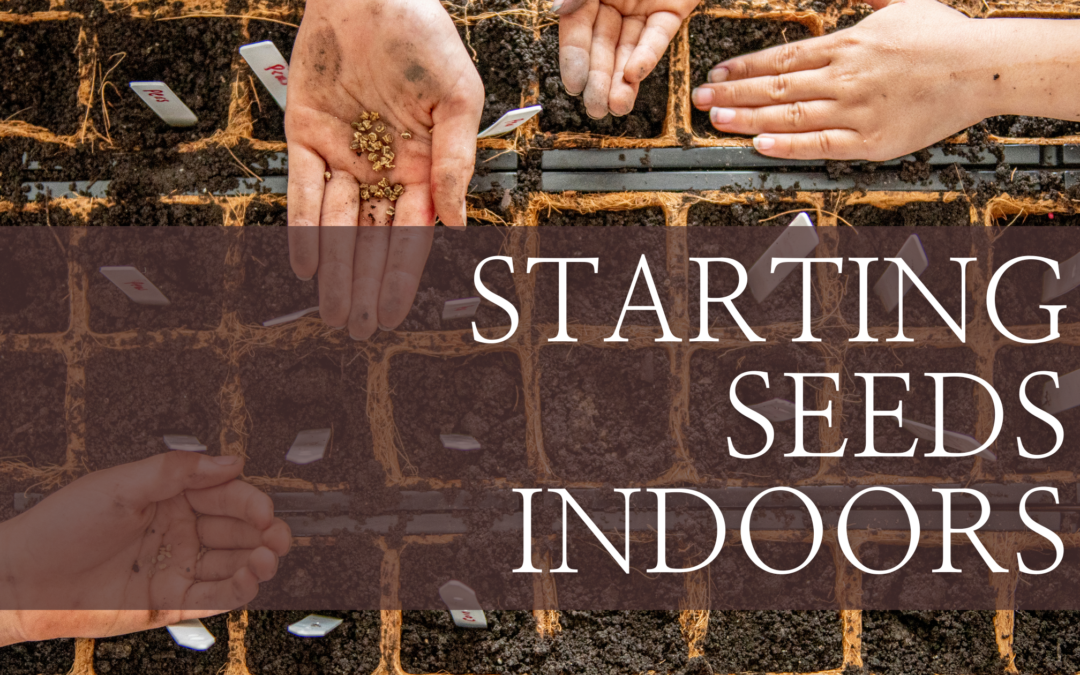Dreaming of a lush, vibrant garden this year? It all starts with tiny seeds and a little bit of patience! February is the perfect time to kick off your gardening season by starting seeds indoors. By the time spring rolls around, you’ll have strong, healthy plants ready to thrive outdoors. Let’s dig into the best practices for starting seeds indoors and setting your garden up for success.
Why Start Seeds Indoors?
Starting seeds indoors gives you a jump on the growing season, especially in cooler climates. It allows you to control temperature, light, and moisture, giving your plants the best possible start. Plus, you get to grow a wider variety of plants than what’s available at local nurseries!
What to Plant Indoors in February
Not all plants need an early start, but some will thrive if you plant them now. Consider starting:
- Vegetables – Tomatoes, peppers, eggplants, and broccoli benefit from an early start indoors.
- Herbs – Basil, parsley, thyme, and oregano can get a head start indoors before moving outside.
- Flowers – Snapdragons, petunias, and marigolds germinate well inside and add beauty to your garden later.
Seed-Starting Success Tips
- Use the Right Containers – Seed trays, peat pots, or even upcycled containers with drainage holes work great.
- Choose High-Quality Seed-Starting Mix – Regular garden soil is too dense; opt for a light, well-draining mix to support delicate roots.
- Provide Consistent Warmth – Most seeds germinate best in temperatures between 65-75°F. A seedling heat mat can help keep things cozy.
- Give Them Plenty of Light – Place seedlings in a south-facing window or use grow lights for at least 12-16 hours a day.
- Water Gently – Keep the soil moist but not soggy. A spray bottle or bottom-watering method helps prevent overwatering.
- Introduce Airflow – A small fan can mimic outdoor breezes, strengthening seedlings and preventing mold growth.
- Harden Off Before Planting Outdoors – Before moving your plants outside, gradually expose them to outdoor conditions over 7-10 days.
Common Mistakes to Avoid
- Planting Too Early – Check your last frost date before sowing seeds too soon.
- Overcrowding – Thin out seedlings so they have space to grow strong.
- Neglecting Light Needs – Leggy, weak plants are often the result of inadequate light.
- Overwatering or Underwatering – Keep soil evenly moist, not waterlogged.
Ready to Grow? We Can Help!
Starting seeds indoors is a fun, rewarding way to kick off your gardening season. Need help planning your landscape or designing the perfect garden? Landscaping MD is here to bring your outdoor dreams to life! Contact us today for expert advice, garden design, and landscaping services to make your property shine.
What are you planting this year? Let us know in the comments or tag us in your seed-starting journey!

